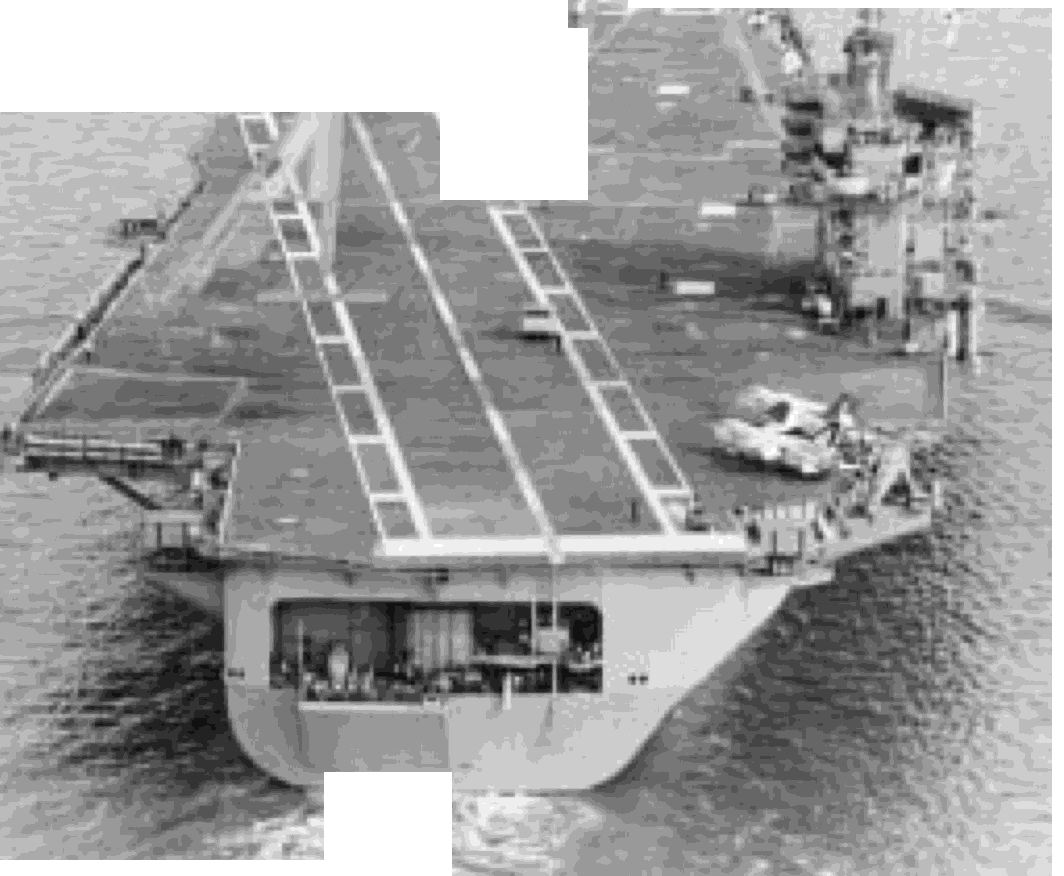
314
UNITED STATES NAVAL AVIATION
1910-1995
1975-Continued
14 August
The newly commissioned
Nimitz
com-
pleted refresher training at Guantanamo Bay, Cuba,
before beginning her cruise with a nuclear task force
to northern European waters. The world's largest ship
at the time,
Nimitz
had an overall length of 1,092 feet,
an extreme breadth of 292 feet, a flight deck area of
four and a half acres, and displaced 95,000 tons with a
combat load. The Navy's second nuclear carrier,
Nimitz
was named in honor of the World War II hero
and former Chief of Naval Operations, Fleet Admiral
Chester W. Nimitz.
,#' --..
" .
.'
..
--
--
Nimitz commissioned on
3
May
1975
1161470
26 Septmber
The Chief of Naval Operations
approved the popular name Tomahawk for the Navy's
SLCM.
3 October
VMGR-352 took delivery of the first KC-
130R Hercules refueler/transport.
22 October
The Chief of Naval Operations and
Defense Systems Acquisition Review Council initiated
new policies on development and operational test
and evaluation functions along with weapon system
acquisition.
24 October
The Navy reported that a new method
of conducting Shrike pilot training programs had been
developed. This method consisted of captive flight fir-
ings linked to a communications pod and was per-
formed at the Air Combat Maneuvering Range at
Yuma, Ariz. The new method could be adopted to all
versions of the A-4 Sky hawk, A-6 Intruder and A-7
Corsair aircraft.
27 October
Inchon
and five surface vessels served
as a contingency evacuation force, with
John F
Kennedy
in support, as U.S. citizens were advised to
evacuate their dependents from Lebanon due to pro-
longed government instability and increased armed
skirmishing among political factions in the country.
1 November
Effective this date, the Naval
Aerospace Recovery Facility at NAF El Centro, Calif.,
was disestablished and the mission statement of the
National Parachute Test Range, also at El Centro, was
modified to absorb its function. The Naval Air Facility
was assigned to the CNO for command and support.
25 November
The first launch in the XJ521
Program took place at Point Mugu. The XJ521 was
an air-to-air medium range missile resulting from
modifications by the United Kingdom to the
American Sparrow AIM-7E-2. The missiles were
fired from an F-5 aircraft at QT-33 targets.
6 December
H-46 Sea Knight helicopters from
NAS Whidbey Island, Wash., began search and res-
cue operations in the northwestern Washington
state areas flooded by heavy rains. Four days of this
humanitarian work saw a total of 113 people evacu-
ated after being stranded by the flood waters.
8 December
The first production prototype of
Sikorsky's three-engine, multi mission CH-53E
transport helicopter made its first flight at the com-
pany's Connecticut plant. The flight of about 30
minutes consisted of low-altitude hovering and
limited maneuvering.
1976
28 January
The Navy awarded a contract for an ini-
tial funding of $16 million to the McDonnell Douglas
Corporation to begin full-scale development of the
new F-18 Air Combat Fighter.
11 February
The first Terrain Contour Matching
(TERCOM) Guidance Test Vehicle was flown using a
modified Navy Firebee drone. TERCOM was then used
in the Tomahawk Cruise Missile.
 |
36 |
 |